LCD versus LED display-which is better?
- author:
- 2024-12-25 17:30:09
LCD versus LED display-which is better?
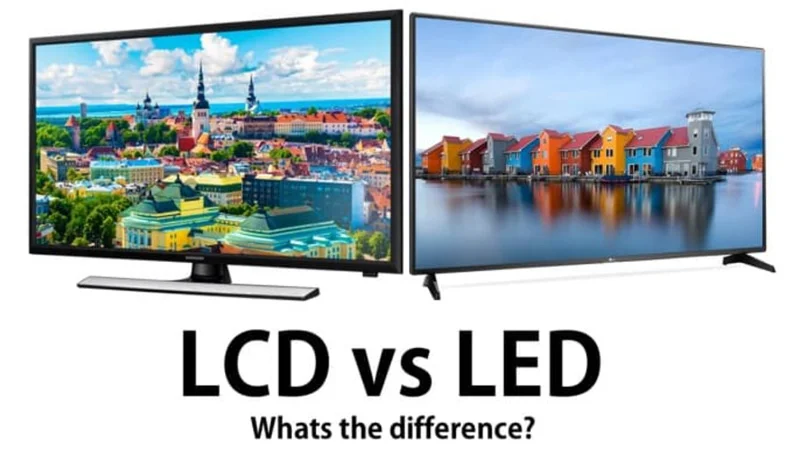
Nowadays, choosing a TV or monitor to use at home or at work has become a challenge. This is because there are so many options to choose from now that it is difficult to determine which option is worth the best investment.
You will see many technical labels lcd, led, uhd, oled and qled on the box. You may feel that you have to be a technical expert to buy a simple TV, wall monitor, or monitor. However, the most common confusion occurs on LEDs and LCDs. Although the two seem the same, there are significant differences.
Before we discuss the fundamental differences and which one you should buy, let me tell you one thing. Which wall display you choose depends largely on the extent and extent to which you will use the display?& quot; If you only use the monitor to perform some basic daily tasks or don't watch TV, the home screen will solve your problems perfectly. If you still continue to work on a laptop, investing in a computer screen may be a good idea.
You may also notice that many manufacturers use different names for the same technology and have conflicting claims about which technology performs best. Of course, this can cause a lot of confusion for buyers. One thing that confuses many people is the difference between two popular display types: LCD (also known as LED-LCD) and LED (also known as Direct View LED).
Although LCDs and LEDs look similar, they are two different display technologies with unique functions and advantages. So what are the benefits? How are they different? If you encounter difficulties answering these questions, we are always here to help you!
content index
1. Are LCD and LED the same thing?
The question is, should I choose a liquid crystal display (LCD) panel or a light emitting diode (LED) panel? Some important differences between the two will affect your purchasing decision.
LCD can be said to be a type of LED. All LCDs are LEDs, but not all LEDs are LCDs. This explanation may confuse most people, but it will be easier to understand if you analyze the specifications of LCD and LED panels.
 2. What is a LCD display?
2. What is a LCD display?
There's a problem. What does LCD mean? The liquid crystal layer embedded between the two panels is a liquid crystal diode. Strictly speaking, a liquid crystal is a substance that has both liquid and crystal properties. When these liquid crystals are illuminated by fluorescent lights behind the LCD screen, an image is generated.
The liquid crystal display (LCD) is a flat panel display that has been popular in the video wall and consumer electronics markets for many years. You are likely to use LCD technology multiple times a day. LCD technology is the type of display used in most smartphones, computer monitors and TV screens.
LCD panels consist of a layer of liquid crystal sandwiched between two layers of polarized glass. Liquid crystals are substances that flow like liquids but have molecules that can be arranged like crystals. When a current is applied to the liquid crystal, the crystal moves, allowing light to pass through, forming an image.
The liquid crystal itself does not emit light, so a backlight is placed behind the glass to illuminate the display. Light emitting diodes (LEDs) are the most commonly used type of backlight today, and some manufacturers refer to LED-backlit LCDs as LED-LCDs.
-
LCD backlight:
Backlight is an important part of LCD. Otherwise, you will not be able to see anything on the screen. LCD displays have a dedicated backlight layer that shines light on top of the layer to view the image on the screen.
LCDs use a variety of backlights, but the most common type is cold cathode fluorescent lamps (CCFL). This concept can be seen in previous generations of LCD wall displays and monitors, and will become more common over time.
-
Advantages of LCD displays:
LCDs are bright, cheap, reliable, and provide excellent visual performance. Because LCD displays are an ultra-high resolution technology, LCD mosaic walls can display text, images and video in clear and detailed terms. These advantages make LCD a suitable choice for a variety of video wall applications, from military control rooms to university research centers.
-
Disadvantages of LCD screens:
When the LEDs are connected together to create a video wall, the borders (or seams) between the various panels are visible. This seems to be a drawback when comparing LCD to seamless display types such as direct-view LEDs. However, manufacturers are reducing the bezel width for each generation of new-generation displays, so the bezel on newer LCDs will become less visible.
 3. What is an LED display?
3. What is an LED display?
As mentioned earlier, LED TVs and monitors also use LCD screens, so they are also LCD displays. The main difference is the backlight of the LED display. In the LED substrate, the backlight consists of tin light emitting diodes placed together rather than cathode fluorescent lamps (CCFL).
An LED, like an LCD, is a flat panel display that uses light emitting diodes (LEDs). However, the working principle of LEDs is very different from LCD. In LED displays, hundreds of micro LEDs are mounted directly on the panel without using liquid crystal or polarized glass. The LEDs in LED displays do not act as backlights like LCD displays, but create their own image.
Each LED is essentially a small light bulb that emits different colors of light when a certain voltage is applied to it. Clusters of red, green and blue LEDs are gathered in the panel to produce the full-color pixels needed to create an image.
LEDs were once a type of low-resolution display, mainly used in large outdoor displays, but the development of smaller LEDs in recent years has made higher resolutions possible. These latest developments create exciting new options for indoor video walls.
-
LED backlight:
Using light emitting diodes in LCD wall displays to get more energy-efficient devices is a great move. Backlit LCDs equipped with these LEDs allow manufacturers to better control how each pixel is controlled.
This technology allows manufacturers to provide better color gamut, better response times and wider contrast ratios. You can get LED displays in different colors, including monochrome, full RGB multi-color, warm white and cold white.
-
Full array backlight:
In some LED displays, LEDs are spread across the entire screen, which is called a wide array LED setup. Each part of the LED can be dimmed, which is called local dimming. This feature greatly improves image quality.
-
Edge backlight:
In most LED displays, LEDs are placed along the edge of the screen, or edge lights. These displays do not have local dimming options. Therefore, the image quality is not as good as a full-array display. However, edge lighting allows manufacturers to make thinner displays. This is a good choice when you are on a tight budget.
-
Advantages of LED:
LED panels have no borders, so they can be spliced together to form a perfectly seamless video wall. LED displays are also very bright, stable, energy-efficient, and provide the best color accuracy and refresh rates of all display types today. These qualities make LEDs an excellent choice for large digital signage and other applications that require strong visual impact.
-
Disadvantages of LEDs:
Although prices are expected to fall in the next few years, high-resolution LED walls are currently several times more expensive than LCDs, making the technology still out of reach for most customers. In addition, even the highest resolution LED displays still cannot provide the ultra-high resolution provided by LCDs. For use cases that require attention to the smallest details, LCD displays may still be the first choice.
 4. There are two main options for LED displays:
4. There are two main options for LED displays:
-
Organic Light Emitting Diodes (OLED):
This refers to displays where each pixel has its own color and light. The display produces extremely sharp and clear images, including deep blacks.
-
Quantum Light Emitting Diode (qled):
It uses color filters and millions of quantum diodes to produce stunning, highly saturated images.
5. Which is better, LED or LCD?
To determine this, we will evaluate the specifications of these two technologies. The following is a comparison of these technologies.
-
Energy efficiency:
LED screen walls are more energy-efficient than LCDs because CCFL are replaced by LEDs. Therefore, LED displays are more popular than LCD displays. The 32-inch LED display consumes 0 watts less energy than an LCD of the same size. This difference in power consumption increases as the size difference increases.
-
Angular view:
When we talk about direct-view LED display panels or full array LEDs, the viewing angle is better than an LCD because the light sources are evenly distributed across the screen. However, compared to LCDs, edge-lit LEDs have disadvantages in this contrast. This is due to the position of the light source on the LED screen.
-
Picture quality:
Thanks to modular LEDs, LED displays produce higher quality images. LEDs also provide RGB color competitions, presenting true white and true black in the picture, and LEDs have shorter response times compared to LCDs. Both factors contribute to higher image quality. Outdoor LED screens are widely used for advertising purposes.
-
size:
Light emitting diodes are much smaller than fluorescent lights. Although these bulbs have a considerable thickness, the thickness of light emitting diodes (LEDs) cannot be compared.
Another factor is that since many diodes are assembled on the same screen, the number of diodes attached does not affect the thickness of the LED. Therefore, LEDs are thinner than LCDs. We can say this:
TAG:
Guess you want to see it
Popular information
-
An article clearly sees the differences between PDP plasma, LCD, and LED displays?

-
Huike develops green TED high-penetration technology
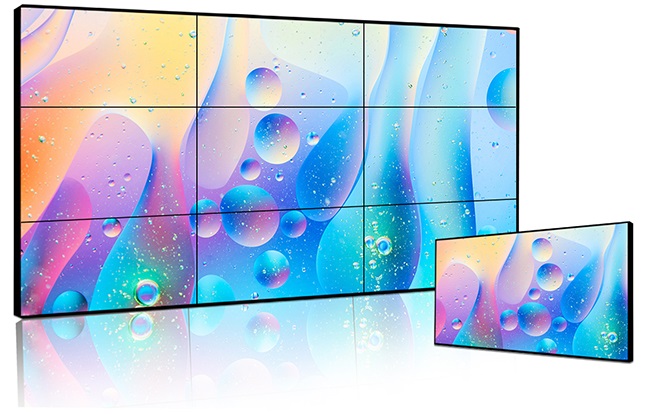
-
As a qualified project manager with LCD splicing screens, what issues should I pay attention to when
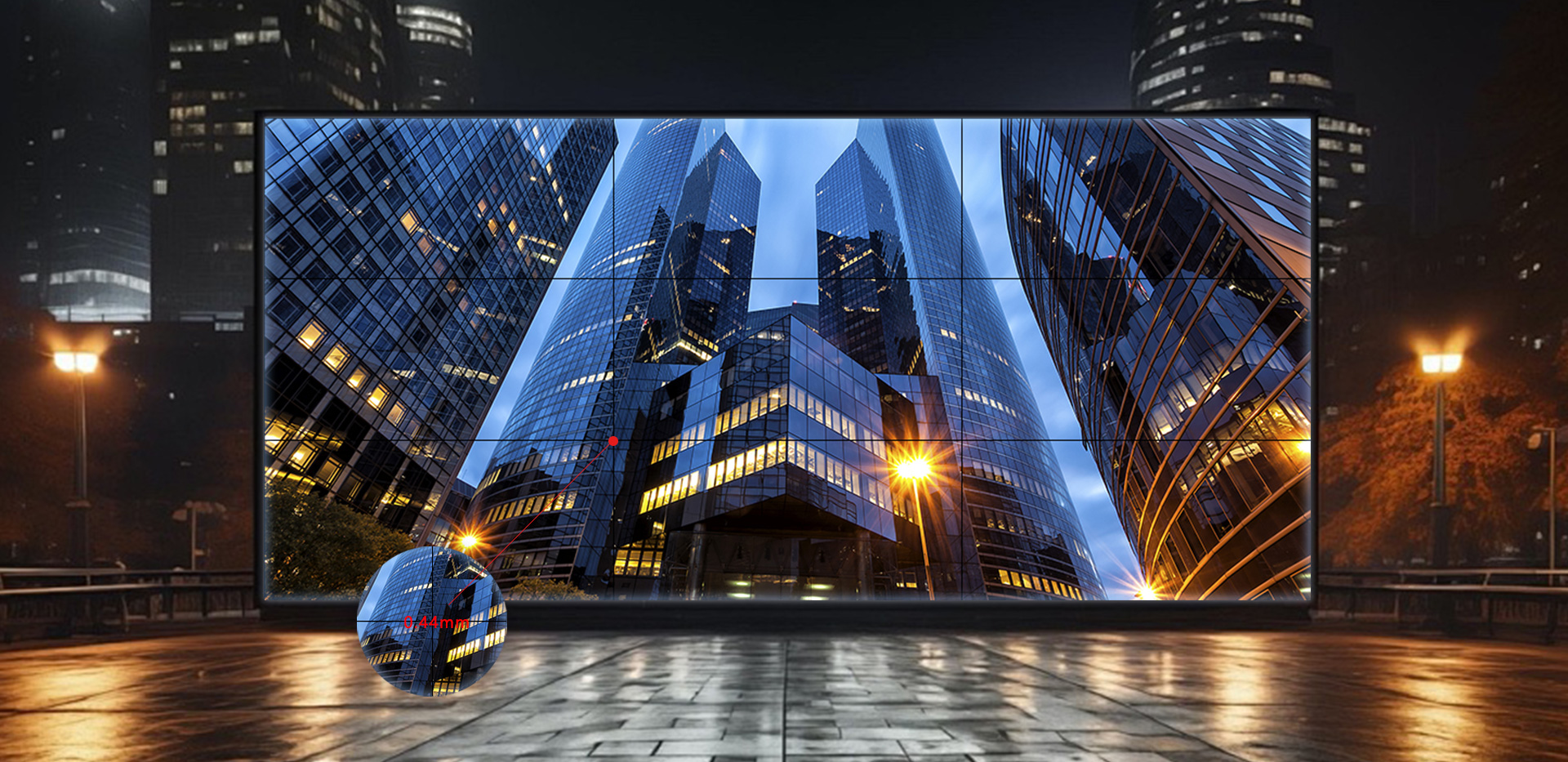
-
LCD versus LED display-which is better?

-
Items to pay attention to when purchasing LCD displays

-
Liquid crystal displays and LED displays: Past, Present and Technical Analysis
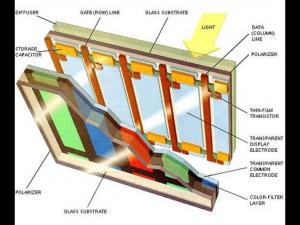
-
Comprehensive analysis of DID LCD splicing screen technology
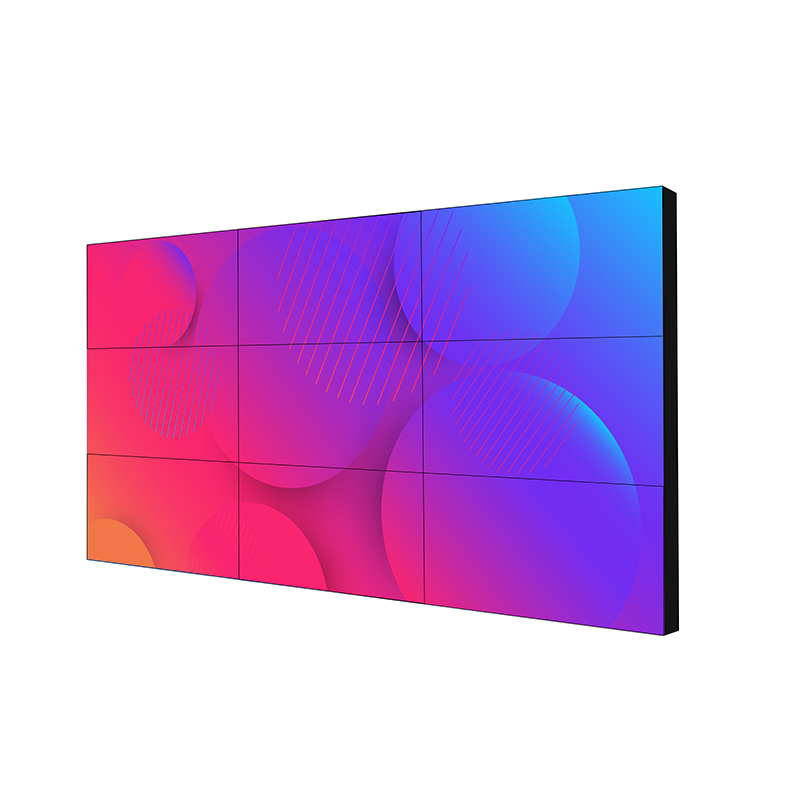
the charts
- San 'an Optoelectronics: Domestic products are becoming more and more involved, taking advantage of
- Items to pay attention to when purchasing LCD displays
- Comprehensive analysis of DID LCD splicing screen technology
- As a qualified project manager with LCD splicing screens, what issues should I pay attention to when
- An article clearly sees the differences between PDP plasma, LCD, and LED displays?
- Huike develops green TED high-penetration technology
- Liquid crystal displays and LED displays: Past, Present and Technical Analysis
- LCD versus LED display-which is better?
